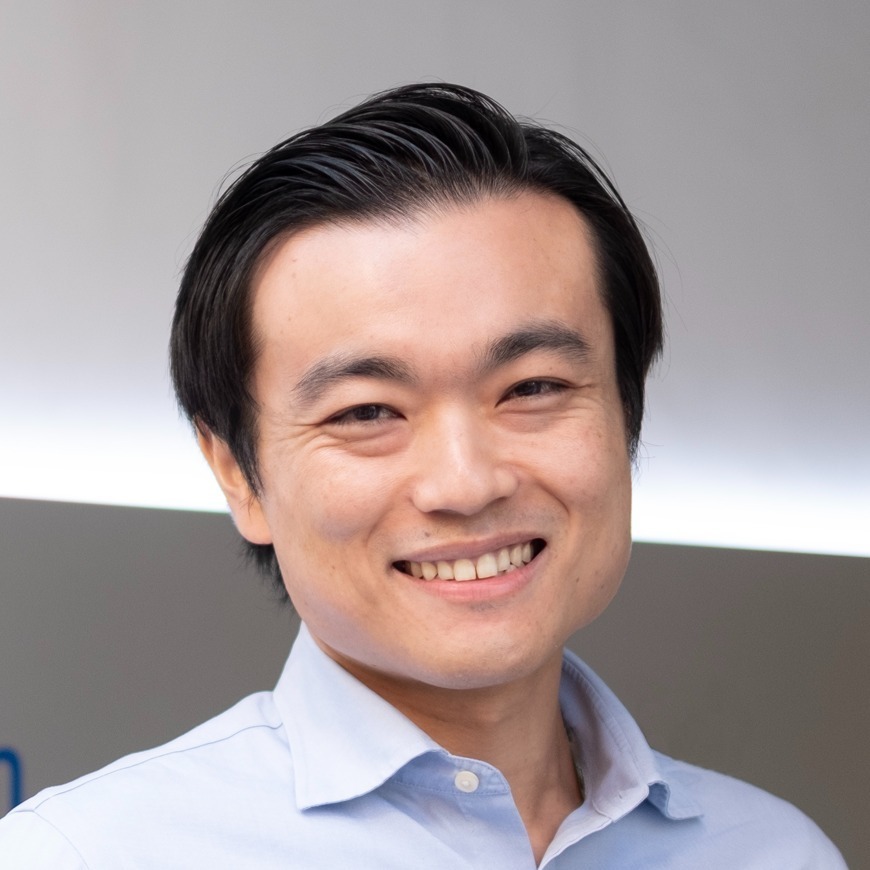This week in our Startup Spotlight blog series is our 2023 Runner-Up Winner of XTC Japan – Elephantech!


Interviewed and Edited by John Martin
Six Questions for Shinya Shimizu – CEO and Founder of Elephantech of Japan

Shinya Shimizu has been intensely focused on science and engineering all his life, having received a Chemistry Grand Prix award while still in Secondary School for a CPU design based on simple logic gate ICs. At the University of Tokyo he received awards from The Japanese Society for Artificial Intelligence for his machine learning work in language modeling and speech recognition. After graduating with a Masters of Engineering in Information Engineering in 2012, he joined McKinsey & Co. in Japan for 2 years and then struck out on his own to found Elephantech. After guiding it through many product development stages and raising nearly $70M in funding, he recently received a lifetime Fellowship with The Unreasonable Group, a global ecosystem aimed at “repurposing capitalism” to profitably solve pressing global problems.
1. What problem is Elephantech solving and how?
Printed circuit boards (PCBs) are the cornerstone of most electronics. Even as more compute power goes into integrated semiconductors, those are still connected and bundled across PCBs. And while there has been alot of evolution in chip fabs, the circuit boards are still today made much as they were half-a-century ago using subtractive methods, analogous to carving wood or marble, which similarly leave alot of “sawdust” to be discarded.
Elephantech has pioneered a new “additive” method of PCB manufacturing that can eliminate a substantial portion of the PCB waste-stream for the first time in history.
2. What is your background that led you to founding Elephantech?
I’ve been a science and engineering nerd since I was a child, studying electromagnetics, chemistry, relativity, etc. in Elementary School, designing and prototyping a 4-bit CPU while in high-school and AI awards for language modeling and speech recognition while attending the University of Tokyo. Throughout that time I had never imagined that I would be an entrepreneur, but at the end of the Masters degree I faced a “fork in the road”, whether to get a commercial job or pursue Doctoral studies. I realized the huge amount of technologies and researchers at universities and companies are rarely commercialized. I became determined I should be the one to close that gap. After getting a good orientation to business at McKinsey, I came across these ideas for cleaner PCBs from a professor at the University of Tokyo. I decided this should be the basis on which to test my entrepreneurship.
3. What is unique about your technology and what is its validation status?
PCBs have traditionally been manufactured using a subtractive method that employs etching liquids to dissolve unnecessary areas from copper foil, inherently resulting in a wasteful process. Instead, we do the complete opposite, applying “additive manufacturing” concepts to fabricate PCBs in an entirely new way, using inkjet printing and plating. We first print copper only onto the necessary areas on the substrate, and then apply copper plating to increase its thickness. With this method we use 70% less copper and 95% less water – saving ever more scarce and expensive commodities. We also reduce greenhouse gas emissions by 70%. By these means we can significantly reduce both the environmental impact and wasteful expense of PCB manufacture.
Developing and refining our processes took more than six years, but we finally started mass production in 2020, and our output has received steadily increasing adoption across the industry.
4. What are your Go-To-Market ideas and traction received so far?
Circuit boards are a less innovative side of the electronics business, but we have worked hard to seize all opportunities and now see our additive PCBs used for displays, sensors and other electronics devices. As more downstream OEMs are committing to net-zero supply chains, this is drawing more attention to the benefits which our process can offer.
4a. I have to ask – why the Elephant reference in the name of an electronics company?
Yes, we actually have three meanings behind our name.
Like An Elephant
The elephant is revered in various Asian cultures and religions as a remover of obstacles and a symbol of wealth and commerce — a fitting image for our desire to “continue to create novel technologies by combining our wisdom and overcoming all obstacles.”
Electronics + Fun + Technology
We are Elephantech, but also Ele-Fun-Tech. We are a company where every employee enjoys developing new technologies, making lasting contributions to the future of our world.
A Globally Recognized Symbol
Technology has no borders, and our success cannot be limited to Japan. From the beginning, we planned to expand our business globally, so we named our company after a well-known animal that it is easy to remember regardless of language.
5. What’s next?
With our recently raised money, we will start our next generation production line to supply our PCBs to global clients. Once this ramps up, we will raise significantly more money to further expand our production capacity and technology so we can replace the majority of existing PCBs.
6. Tell us about your experience with XTC and what were the benefits/takeaways?
It was a great event in which to participate because it clearly targets technological, global innovations. In Japan, not many VCs and entrepreneurs really want to go global because the Japanese market is big enough for success, and we cannot see many events that target global impact. But, we do have global ambitions and it is very good for us to be part of XTC’s worldwide ecosystem.